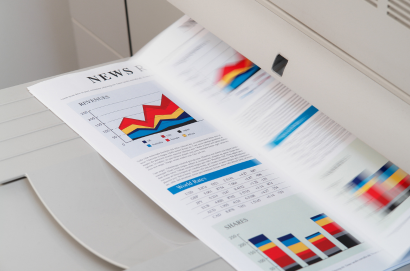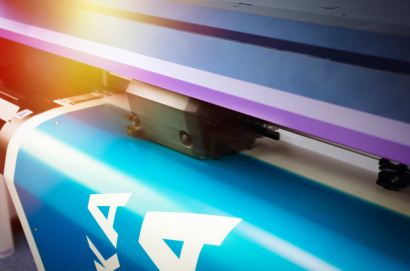


Graphic design is more than aesthetics—it’s a powerful tool that shapes how audiences perceive a brand. Through design, brands can convey their values, stand out in a crowded market, and leave lasting impressions. For businesses looking to establish a unique identity, graphic design provides the visual language that resonates with their audience and encapsulates their mission. Here, we explore the elements of graphic design that contribute to a memorable brand identity.
Logo Design as a Brand Signature
A brand’s logo is often the first touchpoint customers have with a business, making it a critical element in brand identity. Logos embody a brand’s essence and become symbols of what a company stands for. An effective logo is memorable, versatile, and visually aligns with a company’s values. A well-designed logo remains recognizable across different media, from social profiles to printed materials, reinforcing brand familiarity and trust every time it’s seen.
Consistent Color Schemes and Typography
Colors and fonts communicate mood and personality. Color schemes evoke specific emotions and create visual harmony, making it essential for a brand to select hues that align with its messaging. For instance, blue often conveys trust, while yellow signals positivity and energy. Similarly, typography choices affect readability and tone, with bolder fonts suggesting authority and sleek fonts suggesting modernity. By maintaining consistency in color and typography, brands reinforce their identity, making each visual feel familiar and unified.
Designing for Emotional Connection
Great graphic design goes beyond visuals; it engages emotions. Brands that leverage design to tell stories create a connection with their audience that goes deeper than transactions. Through illustrations, imagery, and even layout choices, graphic designers can evoke feelings of nostalgia, excitement, or comfort. Whether it’s through a thoughtful social media post, a striking billboard, or an interactive website, design that evokes emotion helps brands stay top-of-mind.
Adaptability Across Different Platforms
In today’s digital world, brands must ensure their design translates across multiple platforms. Graphic design that’s adaptable allows brands to maintain a cohesive look on social media, websites, email newsletters, and print materials. From small social media icons to large banners, graphics need to be flexible while retaining clarity and impact. This adaptability ensures brand identity remains strong and consistent, reinforcing trust and recognition wherever customers encounter it.
Aligning Design with Core Values
Graphic design serves as a visual expression of a brand’s core values. For example, a company focused on sustainability might use earthy tones and organic shapes, while a tech-focused brand might favor sleek, futuristic designs. By aligning graphic design choices with what the brand stands for, companies can communicate their values without words. This alignment not only enhances authenticity but also attracts like-minded audiences who connect with the brand’s mission.
Creating a Memorable Visual Experience
Ultimately, graphic design is about creating a brand identity that stands out. From packaging to social media posts, every graphic design choice contributes to the overall experience a customer has with the brand. Memorable, thoughtfully crafted visuals make a brand distinctive, sparking recognition and encouraging loyalty. Brands that invest in quality graphic design offer their audience more than just a product or service—they create an experience that lasts well beyond the first impression.
By investing in graphic design that thoughtfully aligns with brand identity, businesses can differentiate themselves in a meaningful way. The result is a cohesive, emotionally resonant brand presence that builds loyalty and supports growth in an increasingly visual world.


